Field Notes: Forest Ecology Blog Post #2
Date: May 10th, 2020
Study Site: Wavecrest, California Coastal Trail, Half Moon Bay
As stated in my first blog post “Coastal Northern Californian Trees” I was going to do a field study identifying the different plant and tree species along the Wavecrest section of the California Coastal Trail (CCT) in Half Moon Bay (HMB).
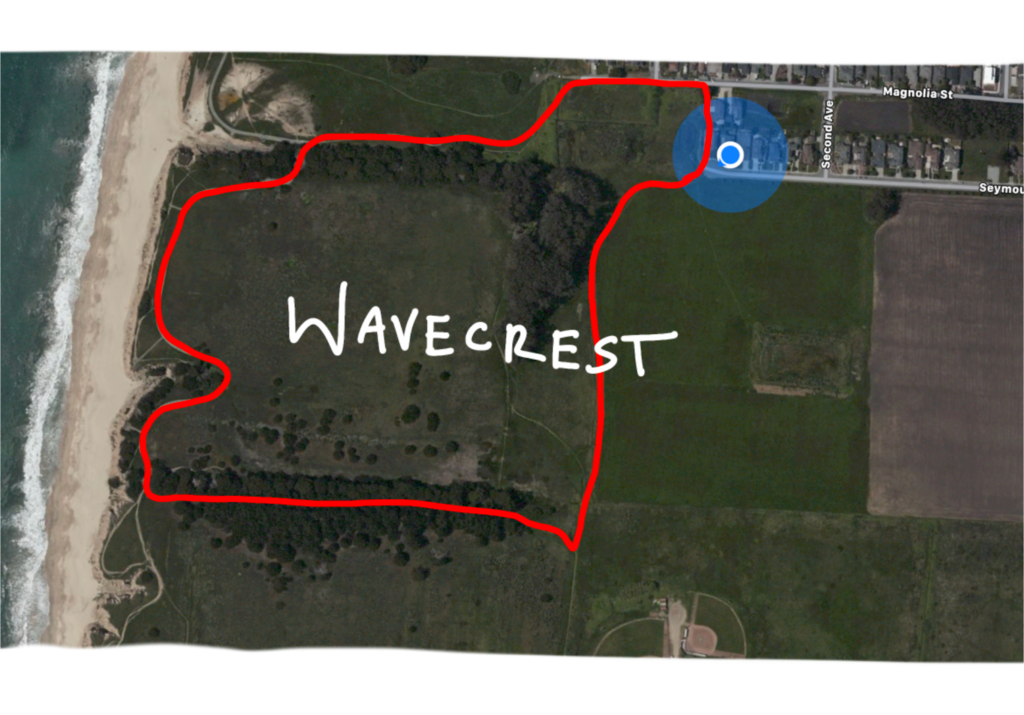
Figure 1. Shows the route I took during my identification research period. I took photos of different plans and tree species along the trail. I then used iNaturalist to aid my identification. Along the trail there were several informational post which I have added in Appendix 1.
The main trees I found were Monterey Cypress (Hesperocyparis macrocarpa), Monetary Pine (Pinus radiata), and eucalyptus (Eucalyptus globules). Interestingly, eucalyptus is an invasive species in California. It was brought by Australians, as seeds, during the gold rush. In the Bay Area they were utilized for wood to build infrastructure, and in Half Moon Bay as rail road tracks. However, this species was terrible for building with because the wood would constantly split and the settlers left them to populate in coastal areas.1
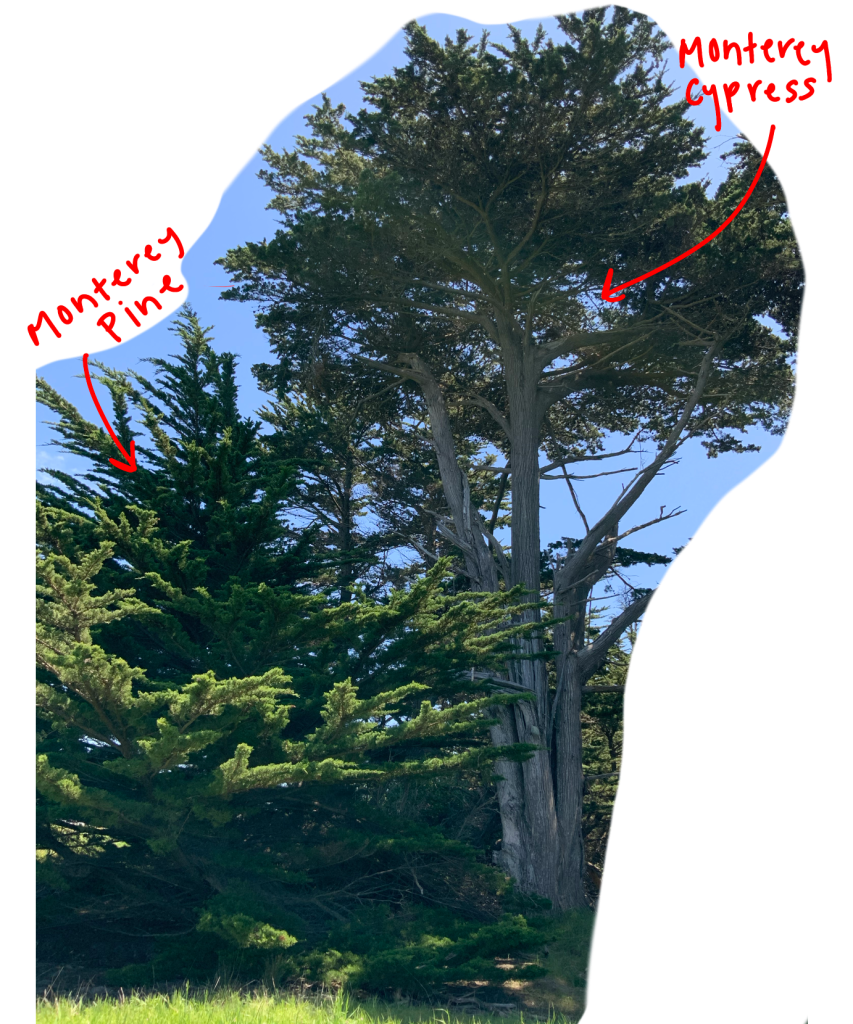
Monetary Cypress and Pine are native to the California coastline from Monetary to Santa Rosa. One of the largest Monterey Cypress trees is located in Pescadero, CA (about 30 min south of HMB). Most Christmas trees on the coast are Monetary Pine because of their needle like leaves. 2,3 The California Native Plant Society considers this species to be rare in its natural habitat, so to see it in my hometown, thriving, is a treat!
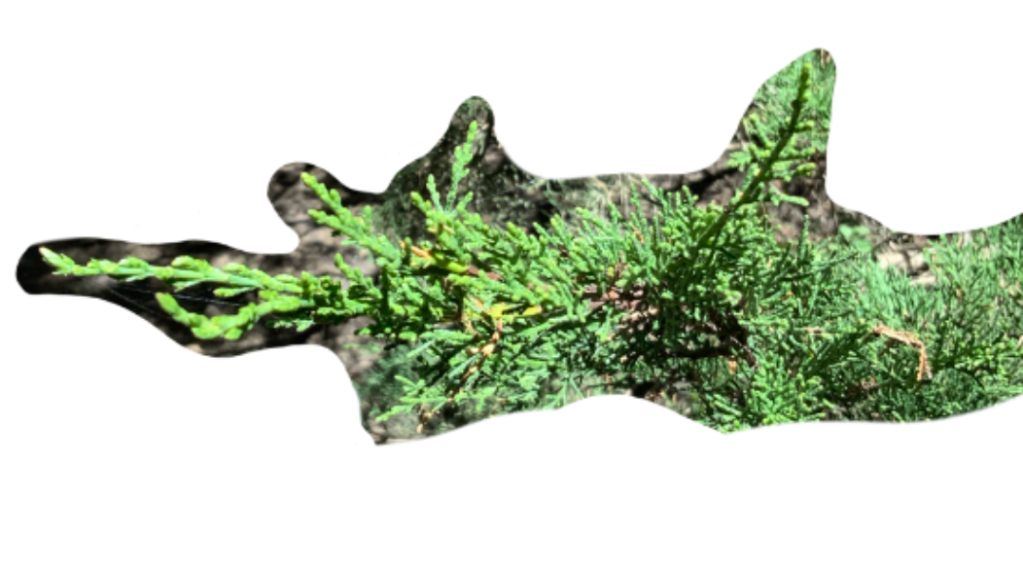

The Monterey Cypress is a monoecious Conifer. Usually it’s cones are brown, gray, or green and range from .05-1.50 inches in diameter. Both are evergreen trees that can have a life span from 40-100 years
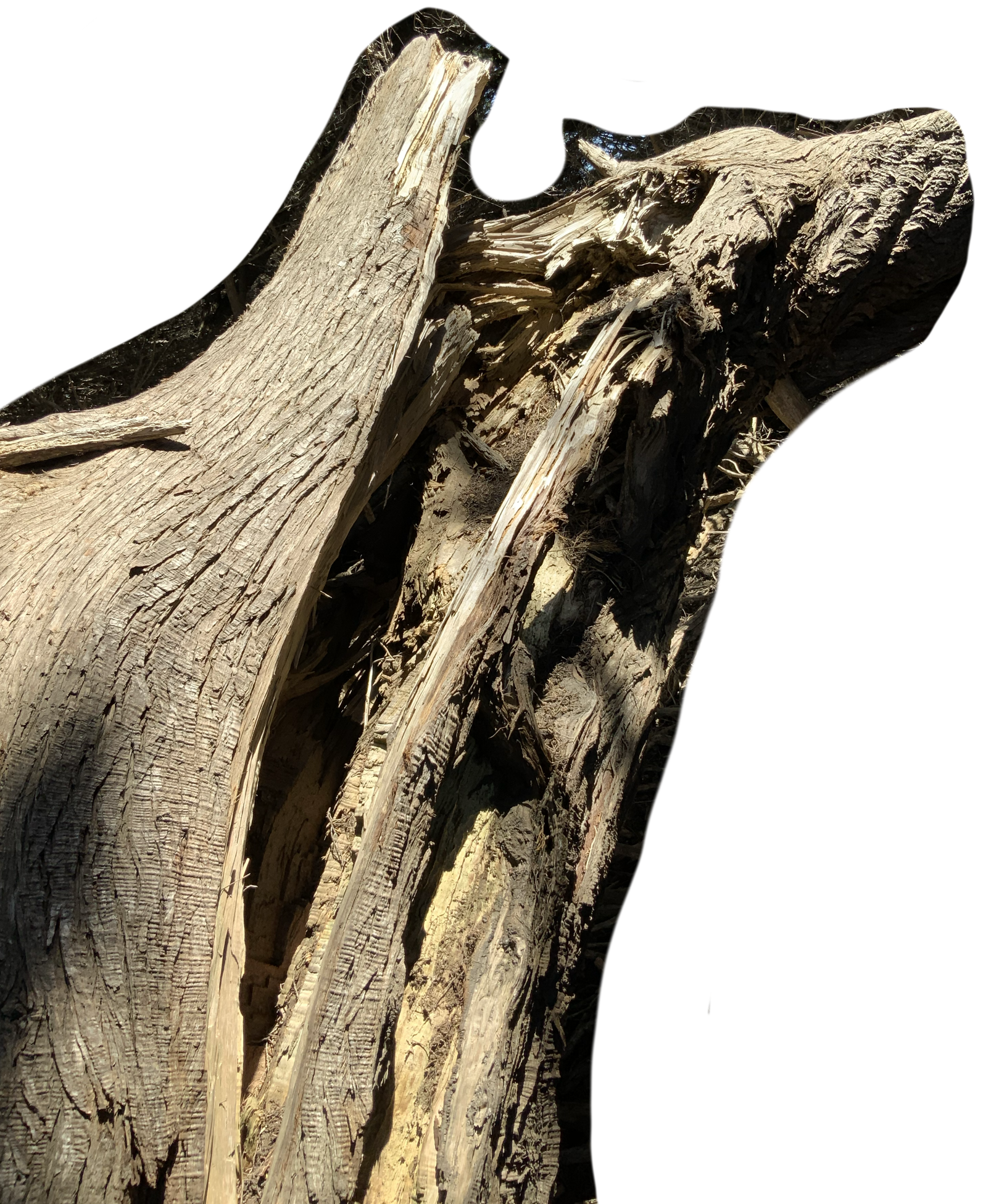
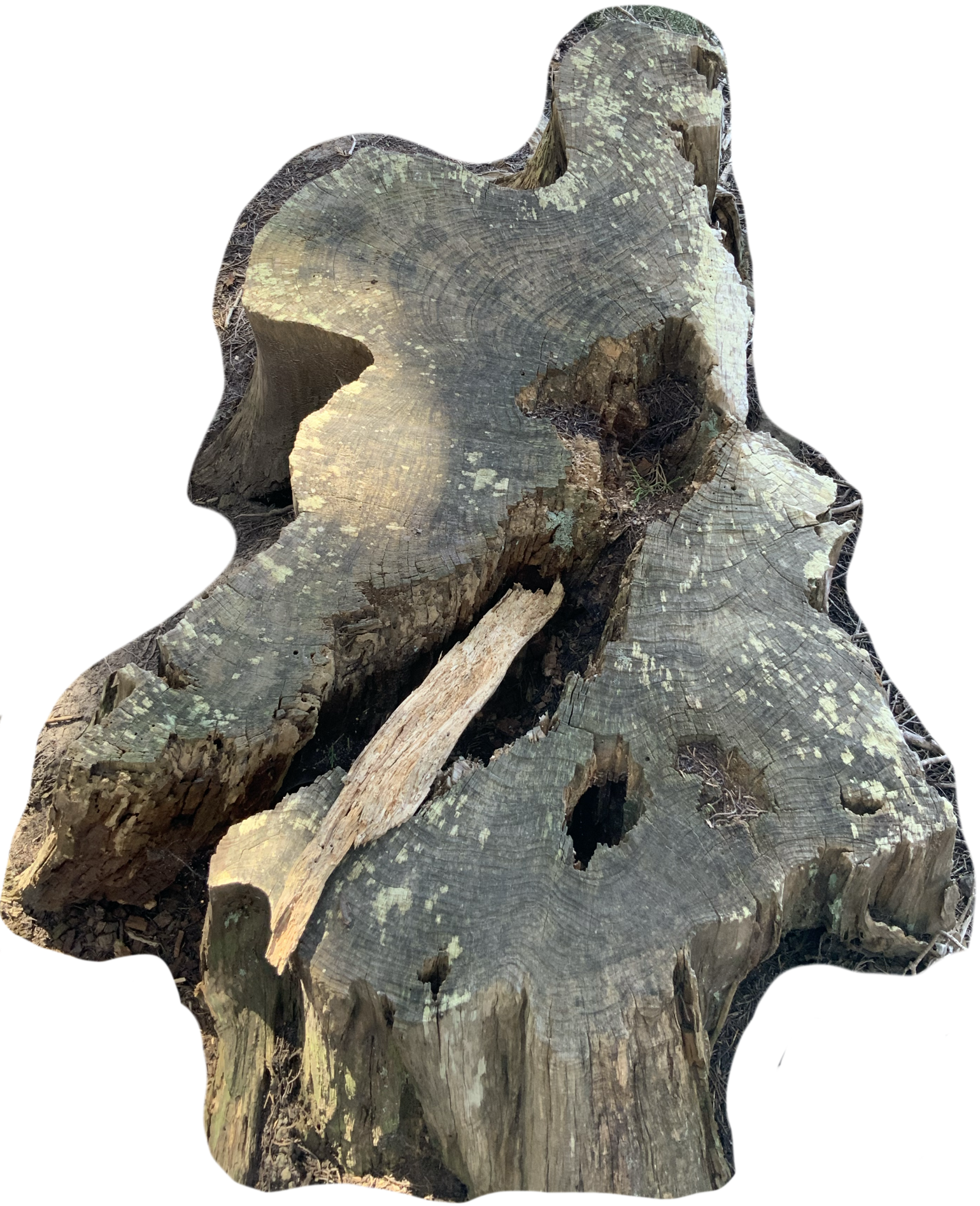
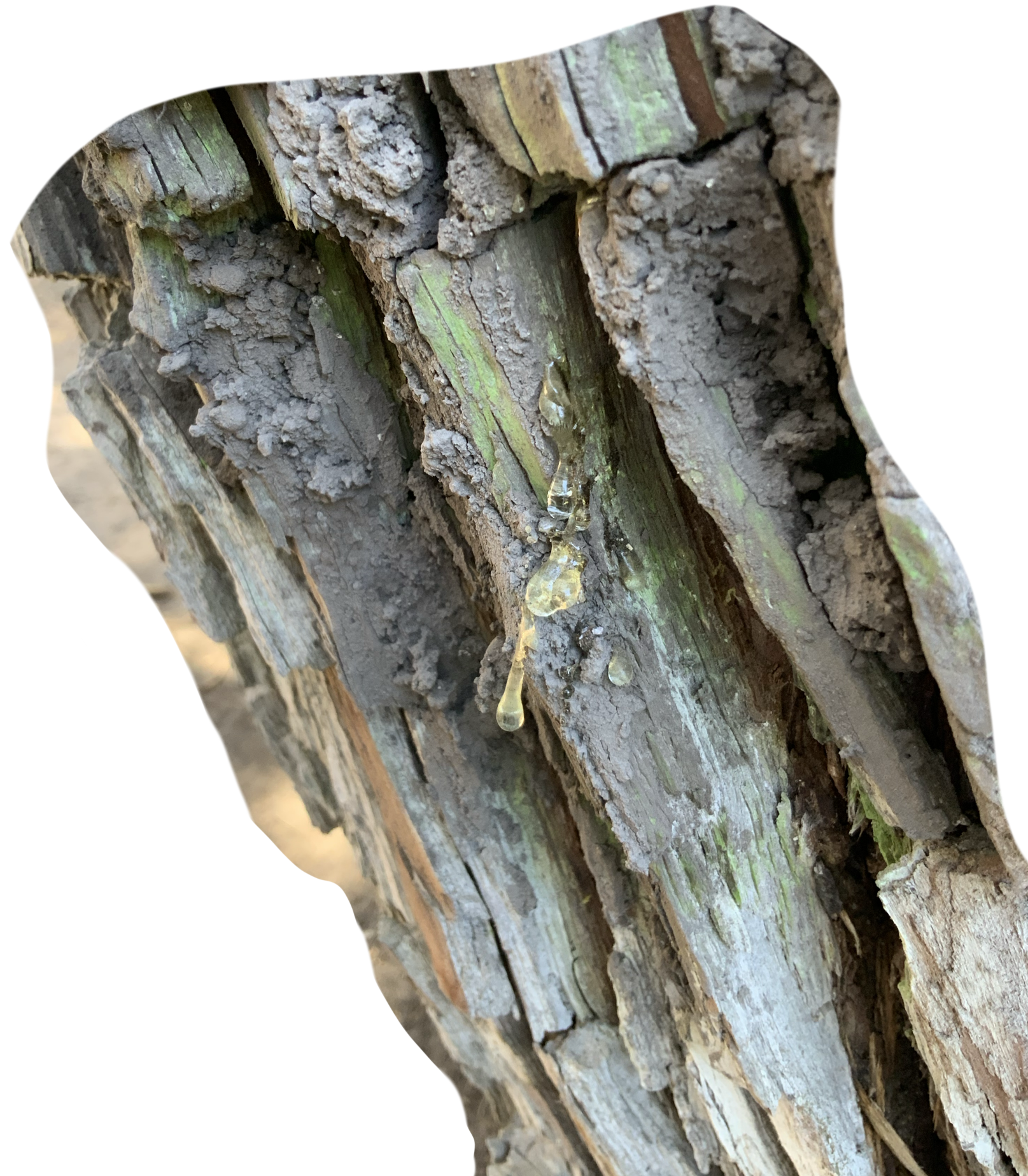
.
Findings: Plants!
There were numerous amounts of plants along the trail. Most of them were found in areas where trees were not. To identify some of these I turned to iNaturalist or the informational posts along the trail.
Coyote Bush ( Baccharis pilularis)
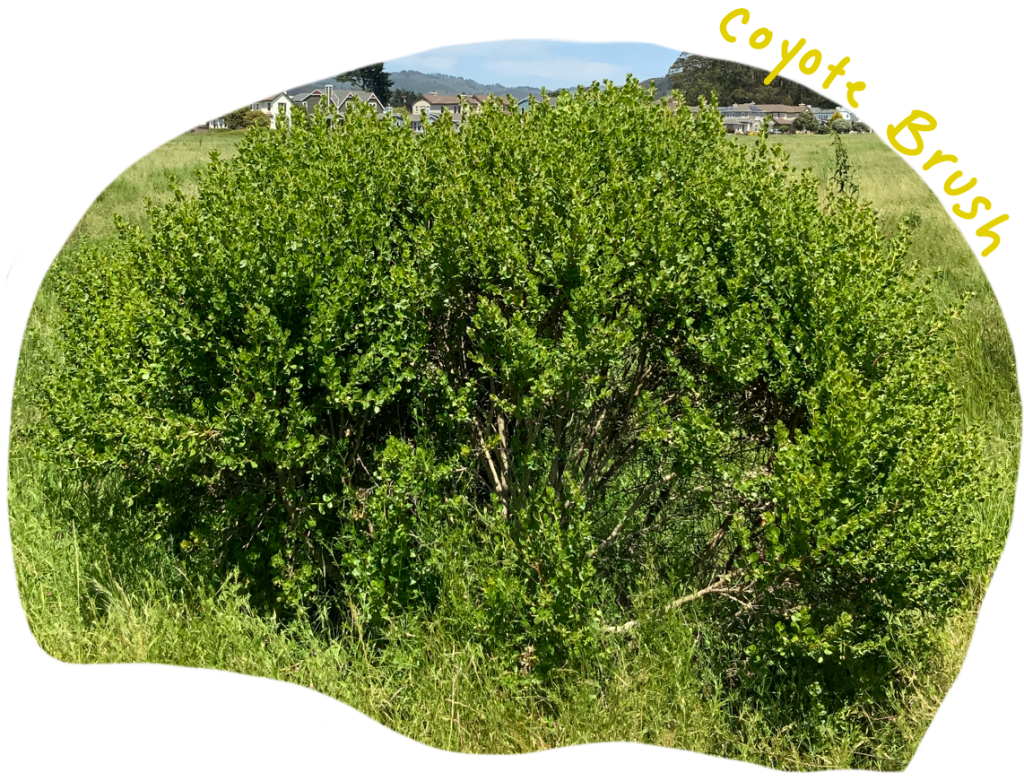
Coyote bush is a native, evergreen shrub. It ranges from 1-12 ft. They grow in a variety of soil types such as sandy, clay and alkaline. It is fire resistant and uses wind as a dispersal method. 4
California poppy (Escholzia californica)
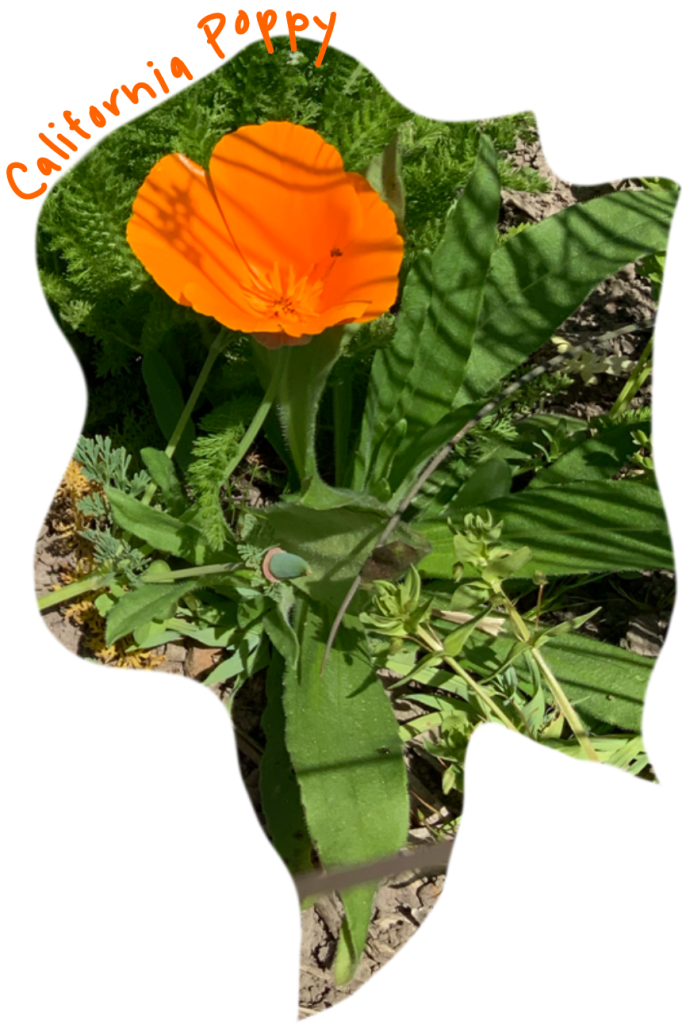
The California Poppy is the state flower of California. There are many different shade ranges of the flower (light yellow-burnt orange). The flower is named after surgeon and entomologist J.F. Eschscholtz. It has become increasingly difficult to identify wild native poppies from crossbred poppies created for garden aesthetics. 5
Narrow-leaved Clover (Trifolium angustifolium)
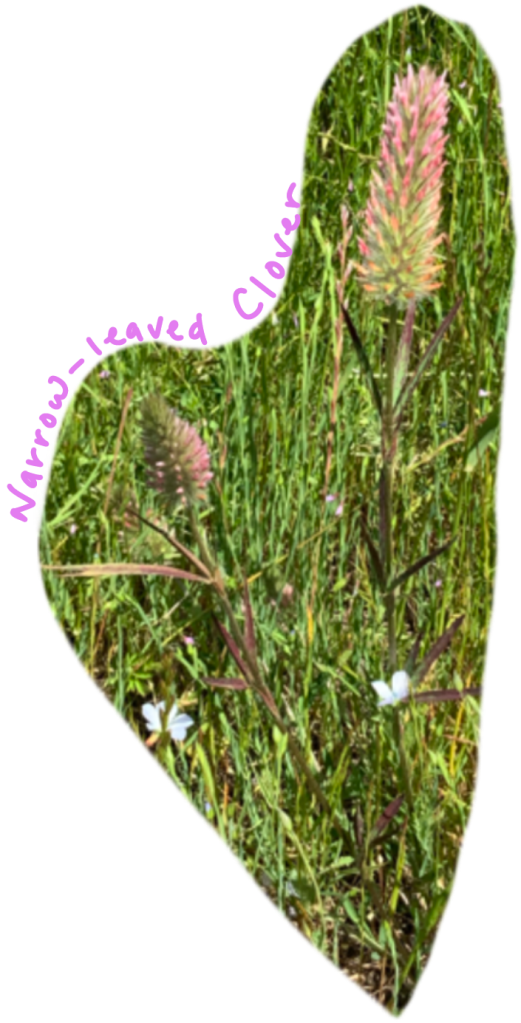
Narrow-leaved Clover is a non-native plant that was found all over the research route. It blooms during April and May. It’s a dicot that is part of the Pea Family. It’s characterized by it’s unique soft pink bulb like flower.6
Other notable plants:
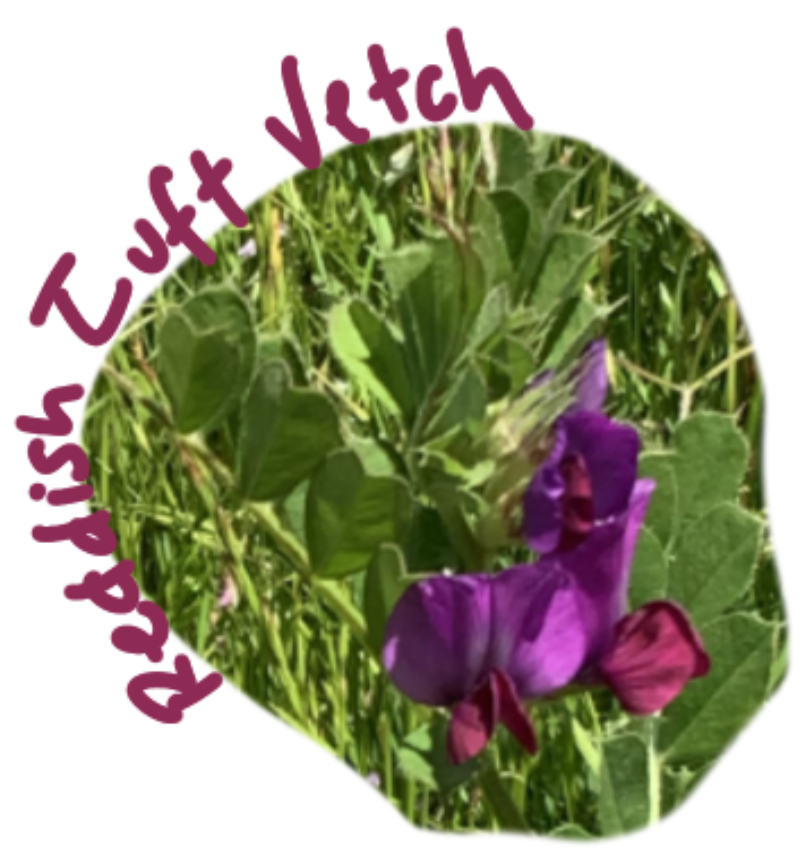
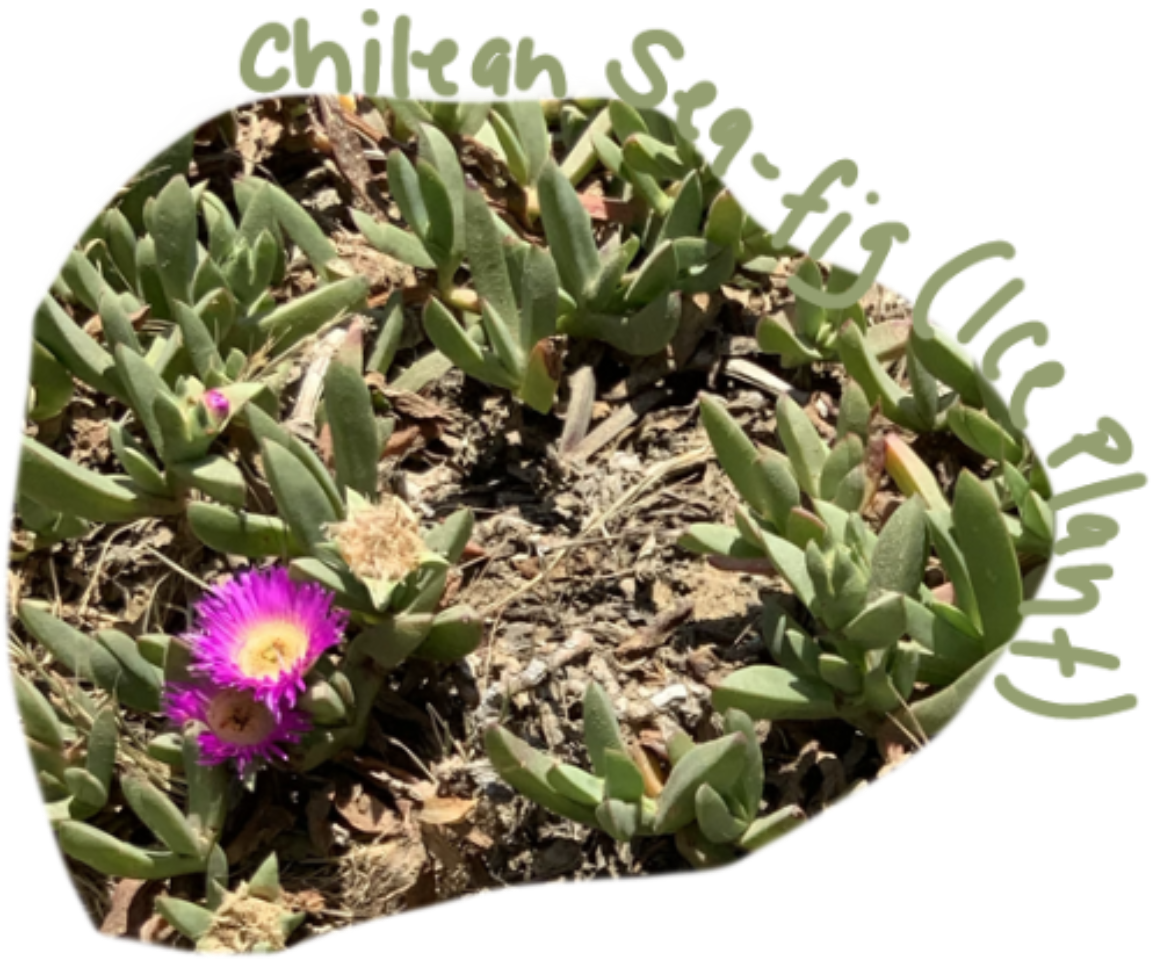
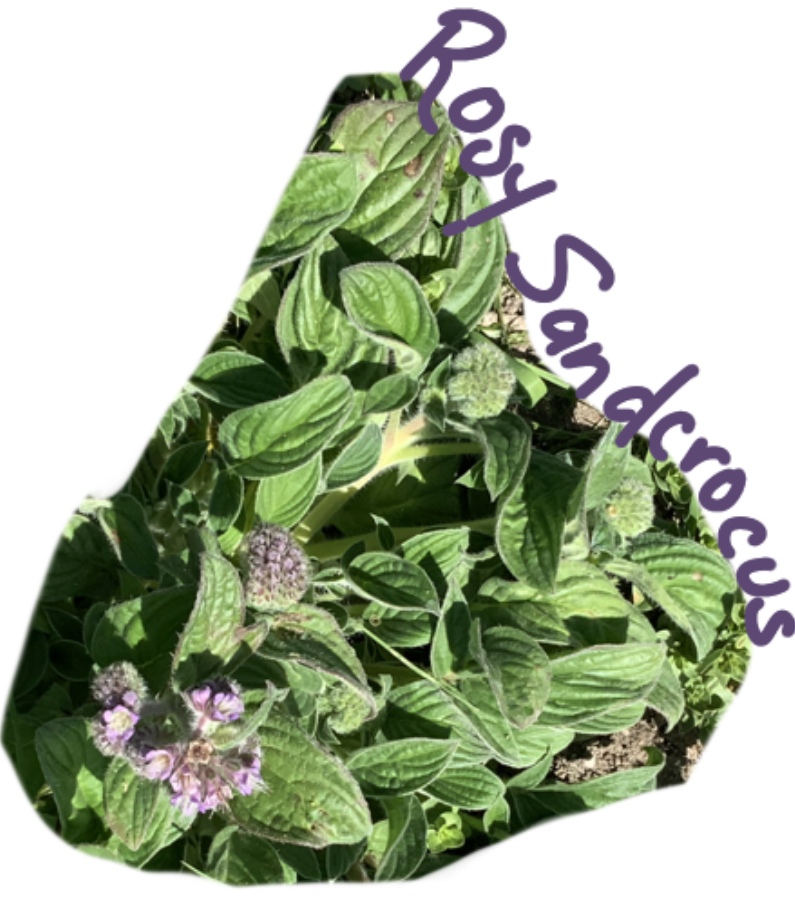
Appendix 1. Informational Posts from Wavecrest conservational groups.
Sources:
- https://www.kqed.org/news/11644927/eucalyptus-how-californias-most-hated-tree-took-root-2
- https://selectree.calpoly.edu/tree-detail/hesperocyparis-macrocarpa
- https://plants.usda.gov/plantguide/pdf/cs_pira2.pdf
- https://plants.usda.gov/plantguide/pdf/pg_bapi.pdf
- https://www.fs.fed.us/wildflowers/plant-of-the-week/eschscholzia_californica.shtml
- https://plants.usda.gov/core/profile?symbol=TRAN6
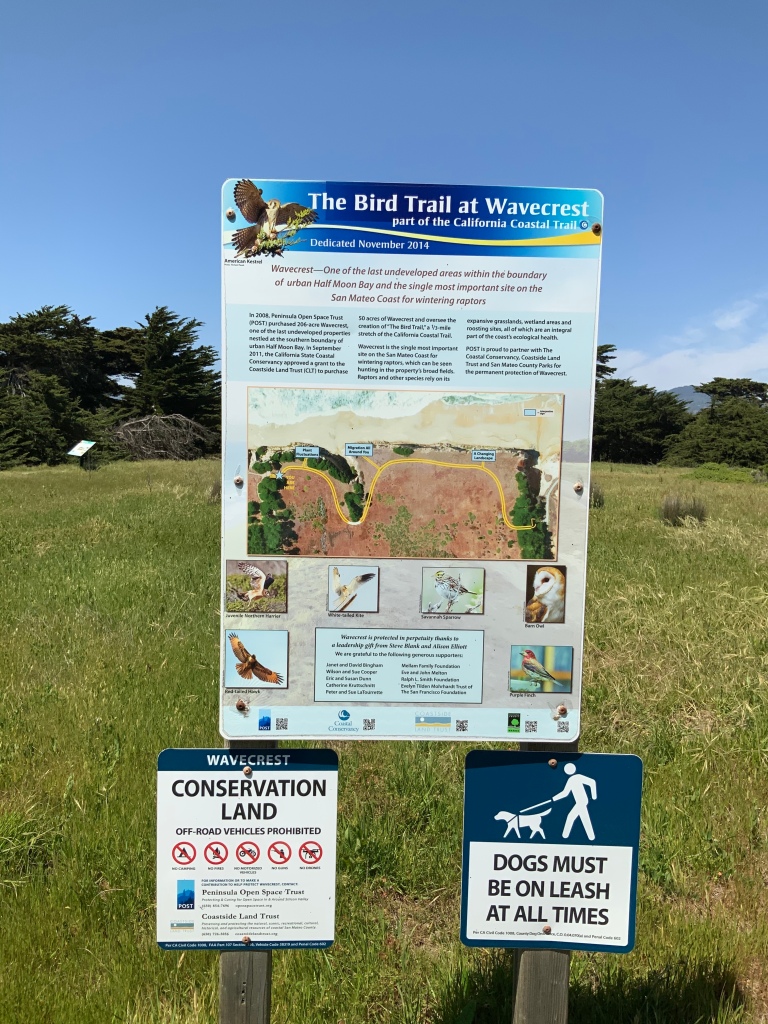
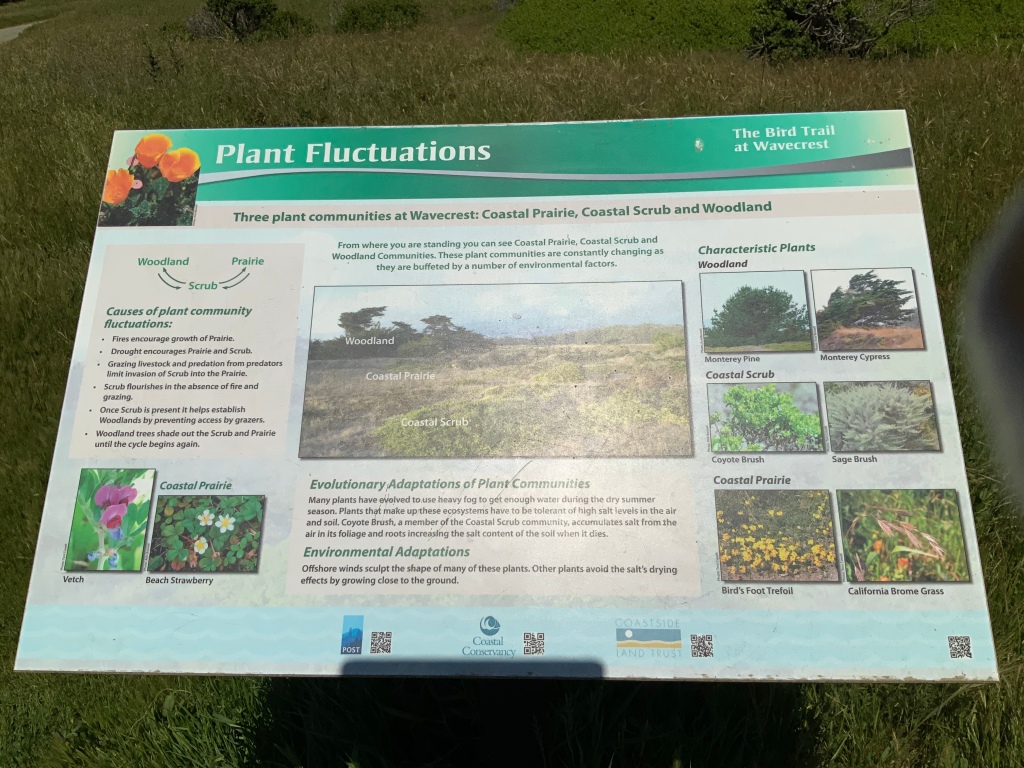
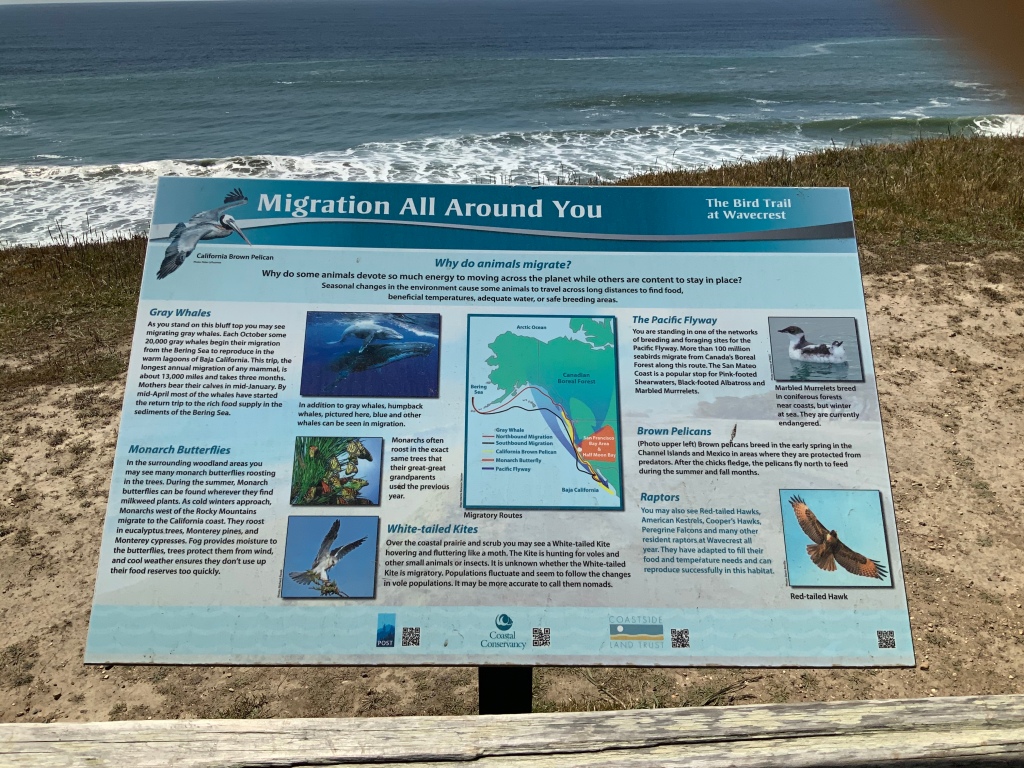
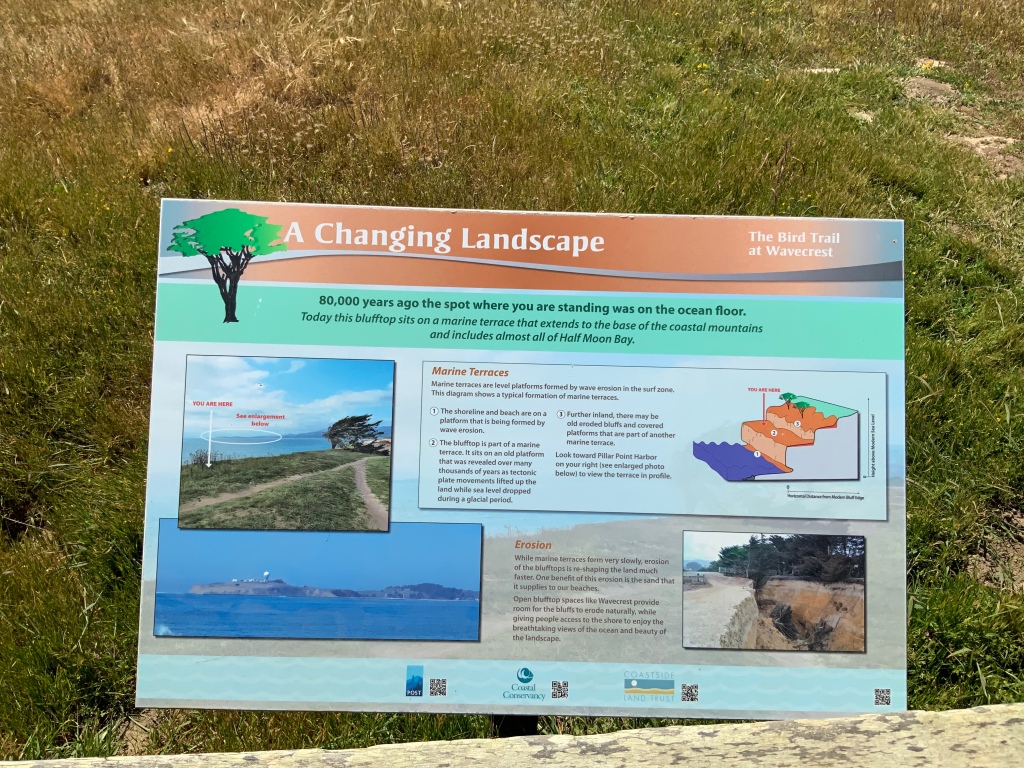
Excellent post. You are really making this place come alive for us with your images and engaging descriptions.
LikeLike